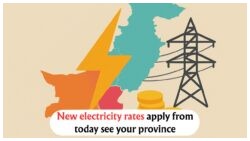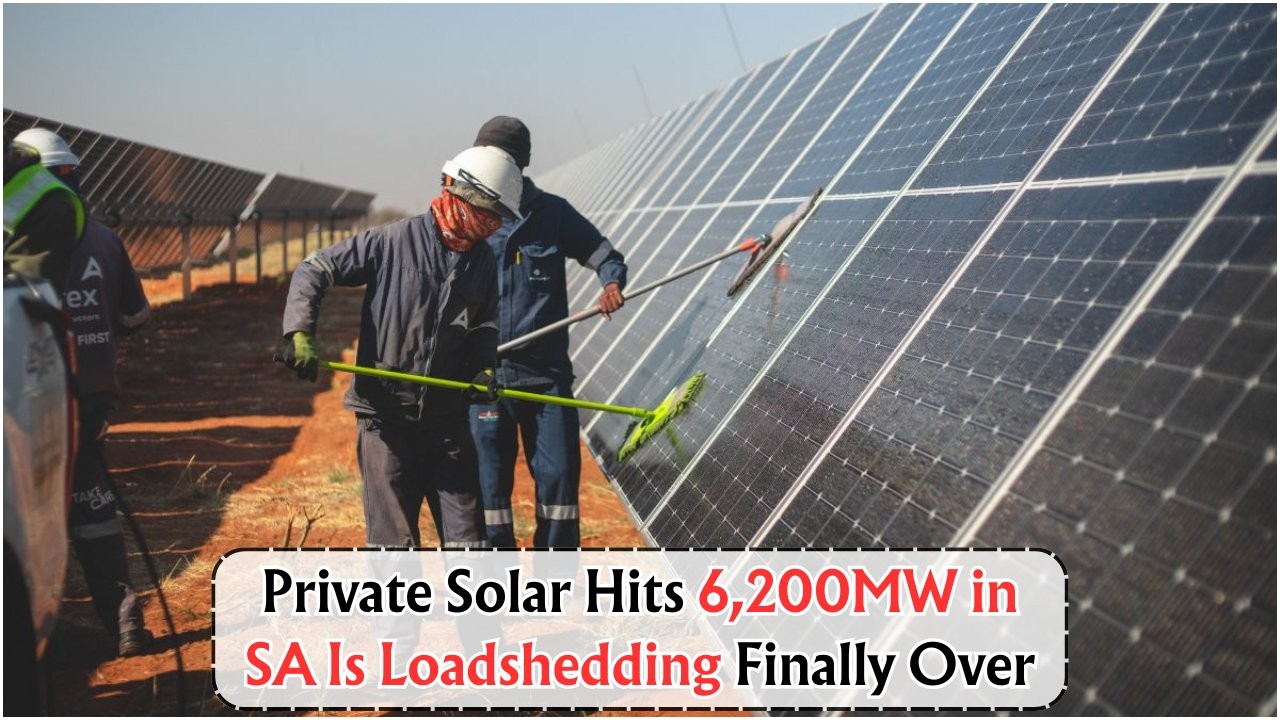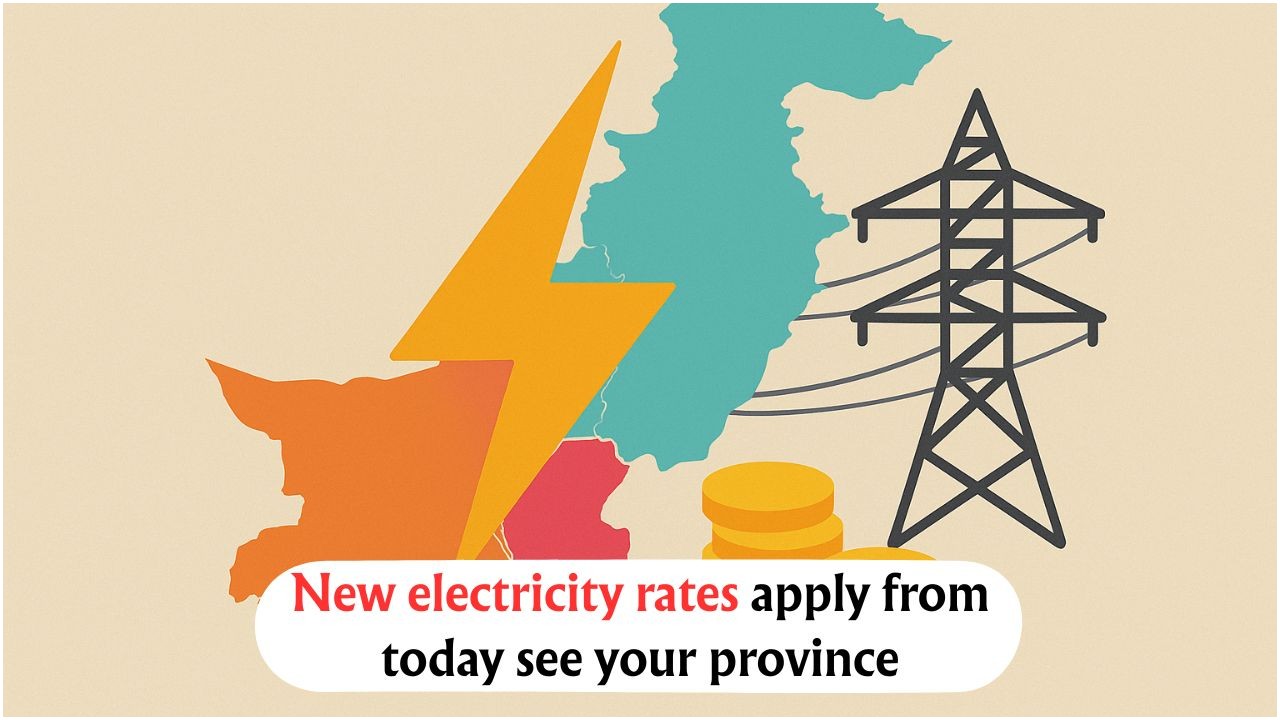SA’s Solar Surge in August 2023: South Africa has made remarkable strides in its renewable energy sector, with the country’s solar power capacity surging to an impressive 6,200MW in August 2023. This development marks a significant milestone in the nation’s ongoing efforts to mitigate the impacts of loadshedding, a persistent challenge over the past decade. As the country embraces sustainable energy solutions, this surge in solar capacity is not just a number; it’s a beacon of hope for millions of South Africans who have endured the inconvenience of power outages. With this achievement, South Africa is positioning itself as a leader in the transition to clean energy in Africa.
The Impact of 6,200MW Solar Capacity on Loadshedding
The increase in solar capacity to 6,200MW is a game-changer for South Africa. This boost in renewable energy availability has the potential to significantly reduce the frequency and severity of loadshedding. By harnessing the abundant sunshine that graces the country throughout the year, South Africa is taking a crucial step towards energy independence and sustainability. The transition to solar energy not only alleviates the pressure on the national grid but also contributes to a reduction in carbon emissions, aligning with global efforts to combat climate change. In practical terms, the increased solar capacity can power millions of homes, businesses, and public facilities, ensuring a more stable and reliable electricity supply for all.
Benefits of Solar Energy in South Africa:
 Rand Plummets to R18.23: Brace for Impact on Salaries, Transport, and Essentials This August
Rand Plummets to R18.23: Brace for Impact on Salaries, Transport, and Essentials This August
- Reduces reliance on fossil fuels
- Decreases energy costs over time
- Creates job opportunities in the renewable sector
- Enhances energy security and independence
The Road to Solar Adoption
 Eskom Announces August 1 Rate Increase – Discover Your Province's New Electricity Tariffs!
Eskom Announces August 1 Rate Increase – Discover Your Province's New Electricity Tariffs!
| Year | Solar Capacity (MW) | Major Milestone | Impact |
|---|---|---|---|
| 2020 | 1,500 | Initial push for solar | Reduced loadshedding by 10% |
| 2021 | 2,800 | Increased incentives | Growth in solar adoption |
| 2022 | 4,500 | Large-scale solar farms | Improved grid stability |
| 2023 | 6,200 | Record solar surge | Potential end to loadshedding |
| 2024 | 7,500 (Projected) | Expansion of solar infrastructure | Further energy independence |
Challenges in Maintaining Solar Growth Momentum
While the current surge in solar capacity is promising, maintaining this momentum poses several challenges. Infrastructure development is crucial to support the growing demand for renewable energy. The government and private sector must collaborate to upgrade the national grid to handle increased solar input efficiently. Additionally, investment in battery storage technology is essential to ensure energy is available even when the sun is not shining. Public awareness and education also play a critical role in encouraging more South Africans to adopt solar solutions for their homes and businesses. This requires clear communication about the benefits and long-term cost savings associated with solar energy.
Key Areas for Improvement:
- Infrastructure Upgrades: Enhance grid capabilities
- Investment in Storage: Develop advanced battery systems
- Public Education: Increase awareness and adoption
- Policy Support: Strengthen governmental incentives
Future of Loadshedding and Renewable Energy in South Africa
Looking ahead, the future of loadshedding in South Africa seems optimistic, thanks to the country’s commitment to renewable energy. The government’s Integrated Resource Plan aims to further increase the share of renewables in the energy mix, targeting a substantial reduction in carbon emissions. With ongoing investments in solar, wind, and other sustainable technologies, South Africa is on track to achieve energy security and economic growth. This transition is not only beneficial for the environment but also for the country’s economic resilience, as it decreases dependence on imported fuels and stabilizes energy costs.
- Projected Developments: Continued expansion of solar and wind farms
- Economic Benefits: Job creation and local manufacturing
- Environmental Impact: Significant reduction in carbon footprint
- Innovation: Advancements in renewable technologies
South Africa’s Renewable Energy Milestones
| Milestone | Year | Impact |
|---|---|---|
| First Solar Plant | 2009 | Set the foundation for renewables |
| Renewable Energy Policy | 2011 | Encouraged investments |
| Wind Energy Expansion | 2015 | Diversified energy sources |
| Solar Surge | 2023 | Record-breaking capacity |
| Future Projections | 2025 | Increased energy security |
Community Involvement in Solar Energy
Community involvement is crucial for the success of South Africa’s solar energy initiatives. Local communities can play an active role in the transition to renewable energy through cooperative solar projects and local partnerships. By empowering communities to invest in their own solar infrastructure, not only does this foster a sense of ownership, but it also provides economic benefits and energy resilience at the local level. Educational programs and training for locals in solar installation, maintenance, and management can further enhance community participation and create job opportunities.
Ways to Foster Community Involvement:
 Eskom Announces August 1 Tariff Increase – Discover Your Province's Updated Electricity Rates Today
Eskom Announces August 1 Tariff Increase – Discover Your Province's Updated Electricity Rates Today
- Establish cooperative solar projects
- Offer training and education programs
- Encourage local partnerships with businesses
- Provide incentives for community investment
Innovations in Solar Technology
Innovations in solar technology are driving the renewable energy revolution in South Africa. With advancements in photovoltaic cells, solar panels are becoming more efficient and affordable. Emerging technologies such as bifacial panels and solar glass are paving the way for new applications and integration into urban environments. These innovations not only enhance energy efficiency but also offer aesthetic and functional benefits, making solar energy more accessible and appealing to a broader audience.
- Bifacial Panels: Capture sunlight from both sides for increased efficiency
- Solar Glass: Integrate solar cells into windows and building facades
- Energy Storage: Improved battery technology for energy retention
- Smart Grids: Enhance energy distribution and management
The Role of Policy in Solar Energy Expansion
Government policy plays a pivotal role in the expansion of solar energy in South Africa. By providing financial incentives, tax breaks, and streamlined regulatory processes, the government can accelerate the adoption of solar technology. Policy frameworks that support research and development in renewable energy technologies are also critical. Furthermore, establishing clear targets for renewable energy integration and carbon reduction will guide the country’s efforts towards a sustainable future.
- Financial Incentives: Subsidies and tax breaks for solar adopters
- Regulatory Support: Simplified approval processes for solar projects
- Research Funding: Investments in solar technology innovation
- Clear Targets: Renewable energy and emissions goals
As South Africa continues its journey towards a sustainable energy future, the collaboration between policymakers, businesses, and communities will be essential to overcoming challenges and achieving success.
FAQ Section
What is the current solar capacity in South Africa?
The current solar capacity in South Africa reached 6,200MW in August 2023.
How does increased solar capacity affect loadshedding?
Increased solar capacity helps reduce the frequency and severity of loadshedding by providing a more reliable and sustainable energy source.
What are the benefits of solar energy for South Africa?
Benefits include reduced reliance on fossil fuels, decreased energy costs, job creation, and enhanced energy security.
What challenges does South Africa face in expanding solar energy?
Challenges include infrastructure development, investment in storage technology, public awareness, and policy support.
 SASSA Grant Holders Set for July-August Boost: Early Deposits and Bonus Payments Announced
SASSA Grant Holders Set for July-August Boost: Early Deposits and Bonus Payments Announced
How can communities get involved in solar energy initiatives?
Communities can participate through cooperative solar projects, educational programs, and local partnerships.







